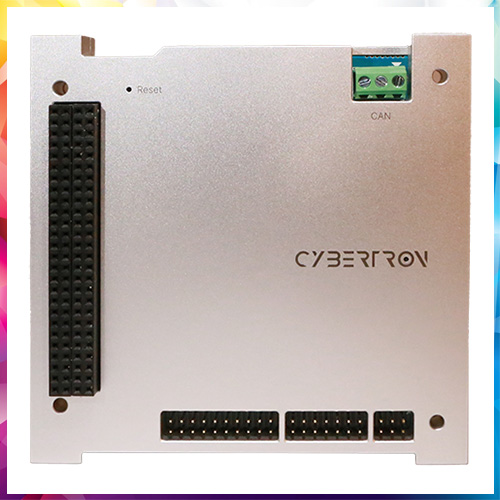
Identity and Access Management (IAM) is central to enterprise security, ensuring the right people have the right access to the right resources at the right time. Its two pillars are authentication and authorization.
Traditionally, authentication has relied on passwords and static biometrics like fingerprints or facial scans.
However, in today’s AI-driven world, these identifiers are increasingly vulnerable, as they cannot be changed if compromised.
This has led to heightened risks of fraud, identity theft, and privacy breaches.
To address these challenges, IAM is evolving towards behavioural biometrics, also known as Biological Behaviour Detection.
By analyzing unique traits such as keystroke dynamics, mouse movements, gaze patterns, and micro-expressions, IAM solutions can continuously verify user authenticity.
Combined with Multi-Factor Authentication, this layered approach strengthens enterprise defenses against AI-powered cyber threats.
The global IAM market, valued at $22.9 billion in 2024, is projected to reach $34.3 billion by 2029.
In India, the market ranges from $185–750 million today and could grow to $600 million–1.5 billion in the next decade.
OEMs like Microsoft, IBM, Oracle, Okta, Ping Identity, CyberArk, SailPoint, and ForgeRock dominate globally, while Indian players such as Zoho and InstaSafe are making strides with DPDP-compliant solutions.
IAM’s future lies in multimodal, behaviour-driven algorithms that deliver dynamic trust scoring, regulatory compliance, and fraud-proof security—reshaping digital trust across BFSI, government, healthcare, and enterprise sectors.
See What’s Next in Tech With the Fast Forward Newsletter
Tweets From @varindiamag
Nothing to see here - yet
When they Tweet, their Tweets will show up here.



























